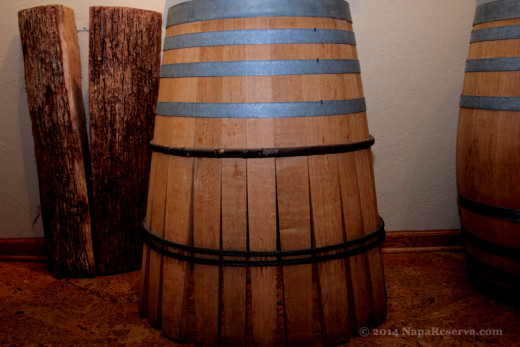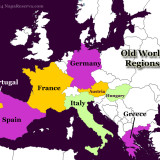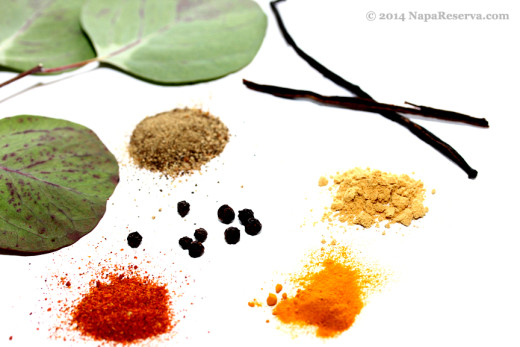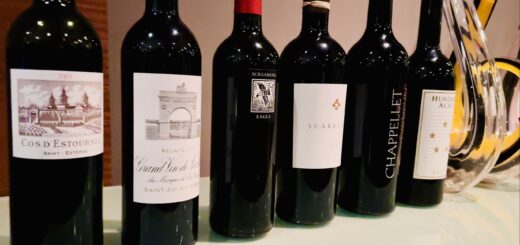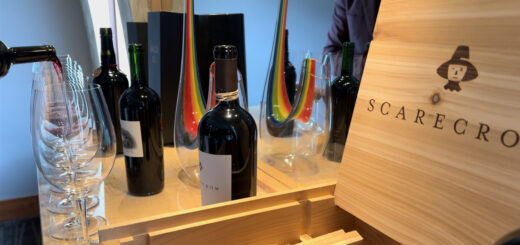5 easy steps for better wine tasting
A glass of wine could put a smile on your face, a sip of it could send you to a magical land. Wine is not just a drink, it is an adventure, an experience and pleasure in a bottle. The best way to enjoy wine is simple to drink it and be lost in it; here are 5 easy steps to make the best out of every glass you’ll have, and every sip you’ll take. Heavenly awaits!
1. Let it air/breathe
Also referred to as let it breathe, before wine gets into your glass, most of them have been sitting in the bottle for months, years or even decades. Letting them breathe before tasting will not only help open up more flavors such as fruits, herb and flower, but also smooth out any astringent and unpleasant texture. Wine will evolve once it mixes with oxygen, the longer it sits, the more changes will occur. Depending on the wine and its age, some will breathe for just half hour, while some older vintages, especially from Old World, requires a couple of hours; for some, they taste even better the next day. 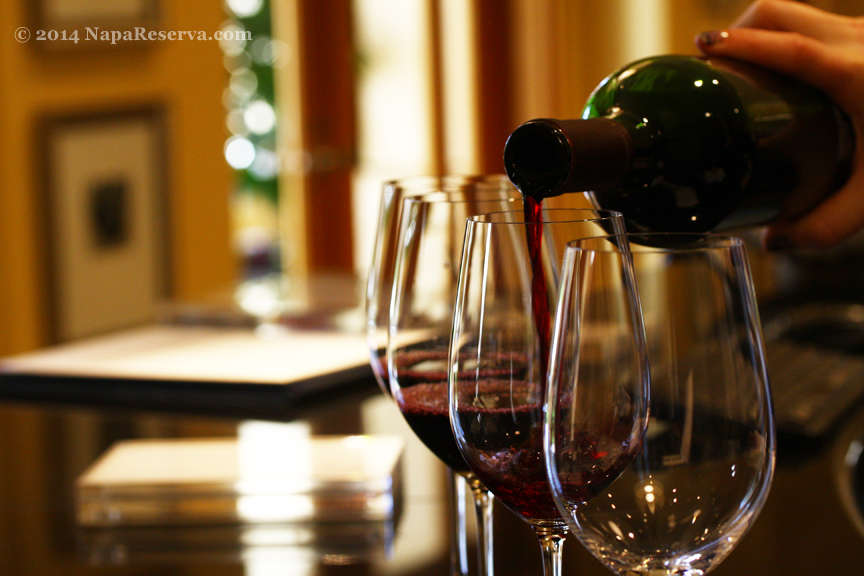
2. Swirl
Let your wine dance in the glass. Swirling the wine help mix in Oxygen, which in turn speeds up the airing process. Wine acts often acts like fresh fruits, oxygen helps the wine “ripen”, develop more flavors and even softens any unwanted taste. For older wines, a decanter is often deployed for more efficient airing, it also helps remove any unwanted sediments. Rushing into a wine will yield less desirable tastes; as a rule of thumb, it’s a good idea to get any sit breath for at least 30-45 minutes or more before diving in. 
3. Nosing
New wine-drinkers often don’t spend much time smelling the wine, for some, they just skip it completely. Although it is called wine tasting, but smelling -or nosing- the wine is undoubtedly the most important part of wine “tasting”. In terms of taste, there are only: sweet, sour, salty, bitter and tannic. While wine has more than a couple hundreds of scents which can be picked up by nosing the wine, you do the math. Going back to swirling, in addition to mixing in Oxygen, swirling will coat the glass’ wall with wine, the increase in surface area allows wine to evaporate faster exposing more of its aroma, bouquet and fragrances.
4. Taste
Wine is always pleasant to drink, but don’t take a shot with it, or drink it as a refreshment. To fully appreciate wine and to really enjoy everything it has to offer, take a small sip of wine, swirl it in all around in your mouth and swallow and forget about that first sip. This first sip does nothing but to cleanse your palate the actual taste coming up. Think of it as a reset button when tasting each different wine. If you still remember your Human Biology class, different part of your tongue can taste/detect different sensations and flavors.

Take a small sip of wine, lean forward just slightly, as soon as you feel your wine escaping quickly slurp in a small amount air to mix with it. This is a lot like blowing bubbles in your drinks, except this time it takes place in our month. Then, close your mouth, and swirl it all over your mouth coating every corner of it as much as you can. This technique is simple yet highly effective in increasing your sensitivity to the wine you’re tasting; wine professionals do this every time they “taste” wines.
5. Ponder
After tasting the wine, give it a few moments to savor its reminiscence. Was it fruity or was it dry? Did it meet your expectations or falter apart? Did it amaze you in any way? There is no way to tell if you ahead of time to like a wine or not, your taste preference could very different from those around. Others might disagree, but if you think a wine is good, then it is good. No wine expert or sommelier could convince you that a $300 bottle of wine is amazing if you think it tastes like herbal medicine and wet drape. You are your very own wine expert, good wines are simply the wines you enjoy.



